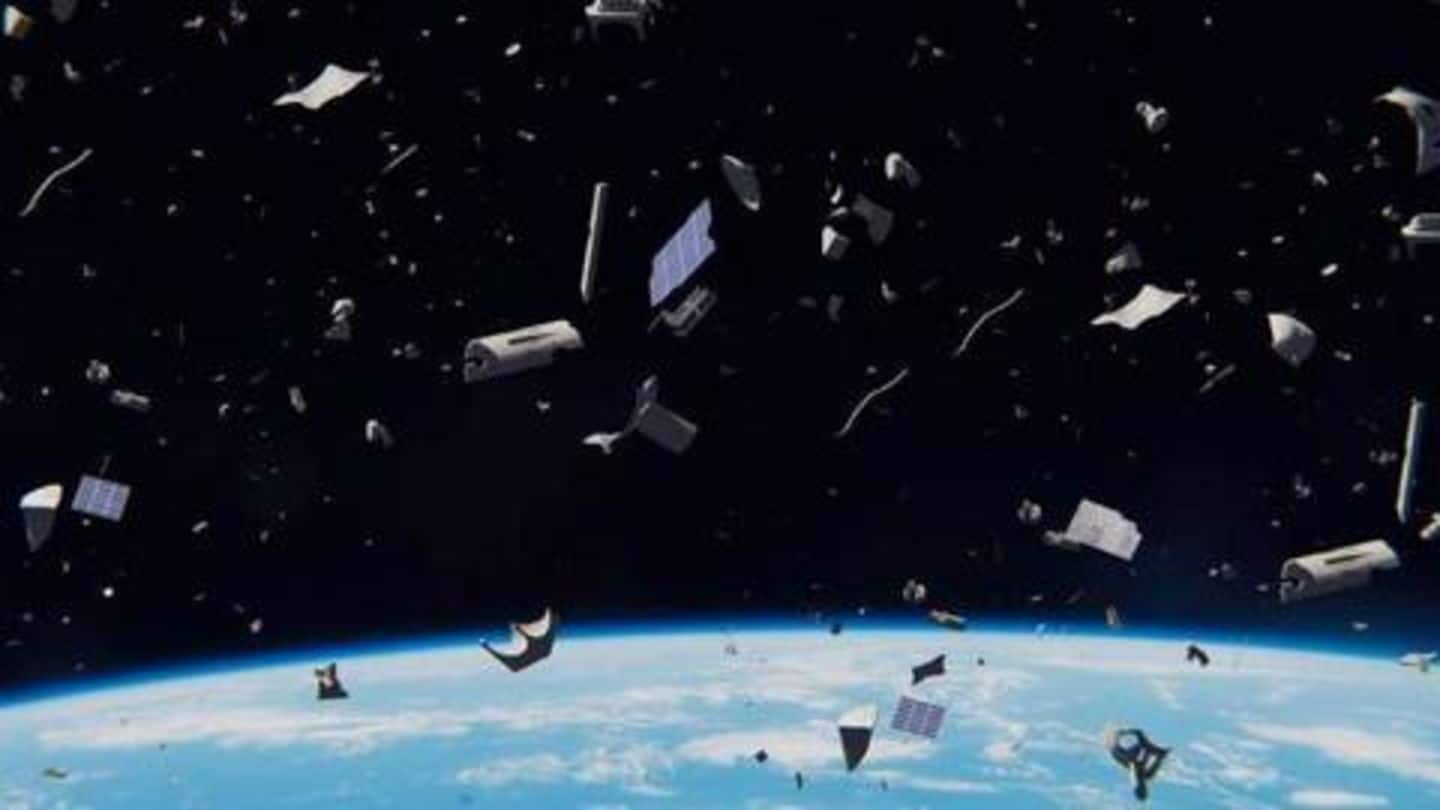
Apparently, debris from India's anti-satellite missile is still orbiting Earth
What's the story
Back in March, India reaffirmed its position as a space power by demonstrating the ability to destroy a satellite in low-Earth orbit. The test, dubbed Mission Shakti, was widely appreciated but also criticized for creating loads of debris in space. Now, reiterating the same concerns, an astronomer has claimed the junk created by the mission is still circling our planet. Here's what he said.
Claim
Dozens of satellite pieces in orbit
Jonathan McDowell, an astronomer at the Harvard-Smithsonian Center for Astrophysics, tracked the debris created by the satellite that India destroyed with its A-SAT missile. He found that as many as 41 pieces from the satellite are still circling the planet at different altitudes even 92 days after the execution of the mission. He also shared a chart representing the altitudes of the pieces.
Twitter Post
Here is the altitude chart
Updated plot of Indian ASAT debris height versus time. Still 41 tracked debris objects in orbit. pic.twitter.com/MYAQzQY0BX
— Jonathan McDowell (@planet4589) June 25, 2019
NASA
NASA claimed A-SAT mission created 400 pieces of debris
When India announced the success of Mission Shakti, NASA Administrator Jim Bridenstine called the project a terrible thing and claimed that it had created as many as 400 pieces of orbital debris. He said not all of these pieces are traceable, but nearly 60 are big enough - about 10cm or longer - to do some serious damage to satellites, ISS.
Indian claim
However, Indian authorities say majority of the debris has decayed
Notably, DRDO had said at the time of the test that all debris will fall and burn in Earth's atmosphere in 45 days. G Satheesh Reddy, the organization's chairman, backed that claim last month, noting that "most of the debris has decayed. And, whatever, couple of pieces are there, they will be decaying in a short period of time."
Possibility
However, McDowell's analysis tells a different story
Going by the estimates from Indian authorities, the debris should at least be on the verge of disappearing. However, the fact that dozens of traceable pieces still exist in the orbit shows a different story. Considering the current altitude of remaining pieces, McDowell predicts they would take about a year or so to re-enter and burn up in Earth's atmosphere.